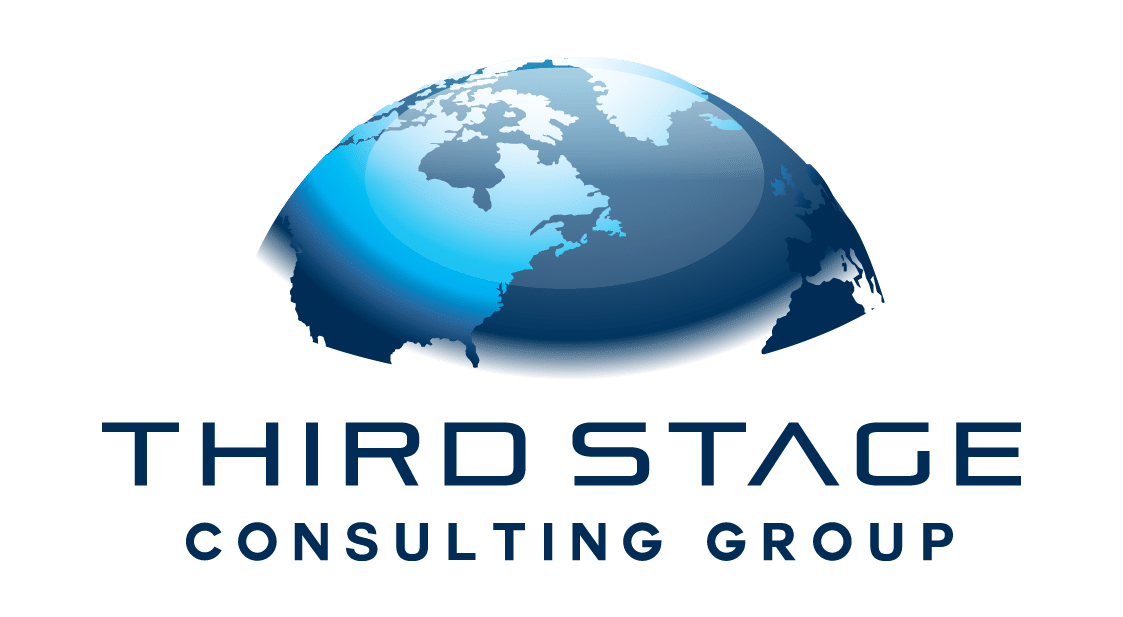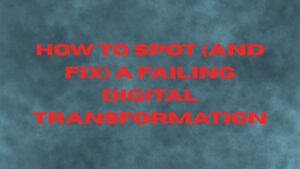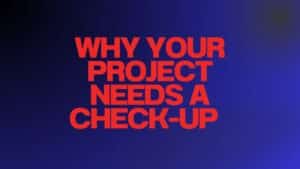And why that’s not necessarily a bad thing.
Despite SAP’s aggressive push to migrate its customer base to S/4HANA, the reality on the ground tells a very different story.
A recent study from SAP Insider reveals a staggering truth: 35,000 SAP customers haven’t even started their S/4HANA transformations, and another 30,000 haven’t completed the move. If you’re among those waiting—or unsure if the leap is worth it—you’re not alone. In fact, there are very good reasons why so many organizations are holding back. SAP just doesn’t want you to know what they are.
At Third Stage Consulting, we’ve guided clients of all sizes through digital transformations—including those wrestling with the S/4HANA decision. And here’s what we’ve found: hesitation isn’t a failure. It’s often the smartest move.
Table of Contents
Toggle1. ECC Still Works—and Works Well
Let’s start with the obvious: SAP ECC isn’t broken.
ECC has been a staple of enterprise technology for decades, with robust functionality, deep customization, and billions of dollars in cumulative R&D and implementation investment. For many companies, ECC is still doing its job, and doing it well.
Sure, S/4HANA offers modern architecture and promises benefits like embedded AI, improved UX, and real-time analytics. But when weighed against the risk, disruption, and cost of replatforming, those benefits don’t always justify the upheaval.
And let’s not forget: third-party vendors are offering ECC support through 2040. So the “end of support” scare tactic? Not exactly a hard deadline.
2. The Business Case Just Isn’t There
Here’s the kicker: an S/4HANA migration is not a simple upgrade—it’s a full-blown reimplementation.
New codebase. New infrastructure. New architecture. New licensing models. And often, new headaches.
For most organizations, the ROI is vague at best. Especially when you factor in years of effort and millions in costs for what can feel like lateral gains. You may get some bells and whistles, but you risk losing custom capabilities that made ECC work for your business.
SAP touts S/4HANA as a gateway to AI, but even that’s a questionable incentive if you can’t unlock AI’s value without a multi-year implementation first.
3. Customization Creates Complexity
One of ECC’s strengths—its customizability—has become a liability in the S/4HANA era.
Many companies have spent years tailoring ECC to their operations. Now SAP wants them to “start fresh” with a clean core?
That might excite IT purists, but for operations teams and business leaders, it sounds like throwing away everything that works. Rebuilding that custom functionality in S/4HANA (if it’s even possible) is expensive, time-consuming, and risky.
And that raises a critical question: what are you really gaining?
4. Vendor Lock-In Is a Growing Concern
With S/4HANA—especially the cloud versions—SAP is tightening its grip on customers. Gone are the days when you could easily integrate third-party tools or control your own on-prem environment.
Instead, you’re at the mercy of SAP’s roadmap, licensing terms, and cloud infrastructure. Many organizations are rightfully worried about this growing vendor dependency. Once you’re in, it’s even harder to get out.
It’s no surprise that more CIOs and CFOs are pumping the brakes and weighing the long-term strategic implications.
5. S/4HANA Projects Are Failing—Often
At Third Stage, our S/4HANA project recovery practice is busier than ever. We’ve been brought in to rescue struggling implementations, and in some extreme cases, we’ve served as expert witnesses in post-implementation lawsuits.
The lesson? The risk is real. S/4HANA implementations often go over budget, over timeline, and underdeliver.
The root cause is usually the same: a lack of strategic clarity. Companies jump in thinking it’s a technical upgrade, when in reality, it’s a full-blown transformation. That mismatch in expectations creates chaos.
So… Should You Move to S/4HANA?
It depends.
If you’re on a legacy SAP instance (like R/3), outgrowing ECC, or facing a tangled web of unsupported customizations, S/4HANA might be your logical next step.
But if ECC is still serving your business, and you have other innovation priorities—such as layering AI or automation on top of your existing stack—there’s no shame in waiting.
In fact, that might be the most strategic move you can make.
Want to Cut Through the Noise?
🚀 Download our Guide to Successful S/4HANA Implementations — a tech-agnostic, independent resource written by our team of experts.
🎙️ Or check out our podcast, Journey to S/4HANA, for real-world lessons from organizations navigating the same decision.
Don’t get pressured into transformation without a plan.
Make the leap when it’s right for your business—not when a vendor says you should.
Let’s talk about whether S/4HANA is truly the right fit for your roadmap.
📩 Contact us to schedule a strategy session.






